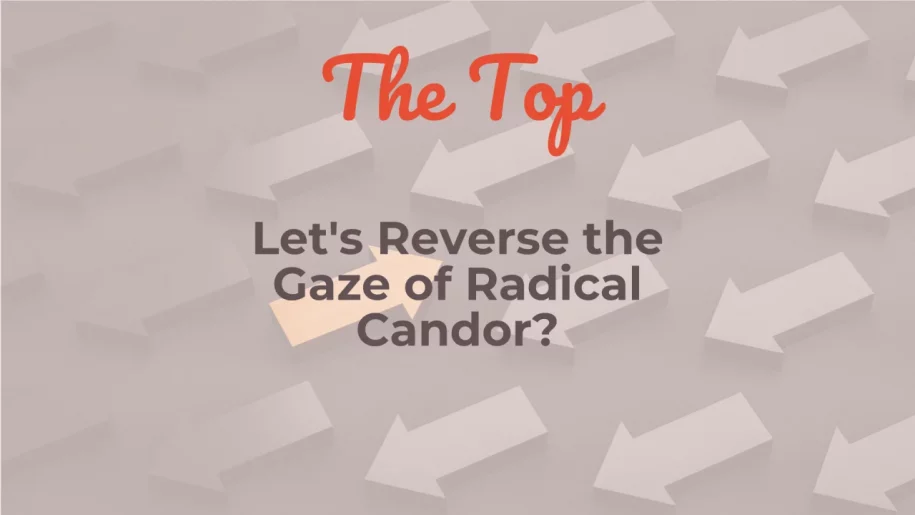Let’s Reverse the Gaze of Radical Candor?
Have you heard about Radical Candor?
It’s a book by Kim Scott that first came out in 2017. The tagline is “Caring Personally while Challenging Directly.” Since then, another book, Radical Respect, and a few podcast episodes have followed, emphasizing the same concept.
The philosophy of Radical Candor has found cozy corners in the workplaces of many well-known brands. But do you think the challenge is over? It’s far from over.
Why?
Mostly because there’s a gap between what we practice and what we preach. Let’s look at some data to make the picture clearer.
The Employee-Manager Communication Gap
Based on what we learned while curating Risely’s State of Leadership Development Report:
- 42% of all managers struggled with taking multiple follow-ups from their teams.
- 26% of new managers have trouble understanding their team members’ feelings.
The other most frequently occurring challenges include handling frequent performance issues, difficulty in having tough conversations, and the feeling that the team is overworked.
All of these together point to a gap between managers and their teams. Problems are felt only when they become big enough. Even then, they are felt but not accurately diagnosed or given due time to heal, as the frequent and repetitive nature of issues shows.
It happens when employees are not free to speak up about their feelings. If a manager needs multiple follow-ups, their team often struggles with the task and cannot seek help. Similarly, if a manager does not understand what their team is feeling, there’s yet another space where the team cannot express themselves openly.
Why do employees shy away from giving feedback?
We can narrow down a few common reasons:
- The team is not comfortable with the manager sharing their thoughts freely. This is more common than you’d think because most organizations either explicitly or implicitly follow a hierarchical structure that shall not be disrupted. If you do by voicing concerns, you are shown the door. At times, feedback shared privately makes its way to the grapevine and goes on to impact performance and compensation-related decisions.
- There are no set communication channels. Believe it or not, feedback is a two-way exercise. But most teams do it one way at best. On this note, does your company get feedback from employees for managers? If not, you are missing performance improvements. Without such mechanisms, there’s no way to share feedback, even when people are prepared to share and hear others out.
- The third thing is culture. The company’s culture needs to enable feedback and openness—Candor has to be built into the values and habits. If the culture is right, you can take some steps to build mechanisms and habits that promote easier feedback sharing.
Managers have a pivotal role to play in this. As per Gallup, about 80% of the employees who received meaningful feedback were fully engaged at work. To give back to this, managers have to strengthen their coaching muscles, i.e., ask more questions, continuously listen to what the team is saying, and promote dialogue among the people.
Essentially, Candor begins with you. You can then inspire your team to follow suit and achieve success together.
Let’s bring change: one feedback at a time.
We’ve built Candor as a tool to share anonymous feedback from employees with team managers. It’s free. Give it a spin here and start connecting.


